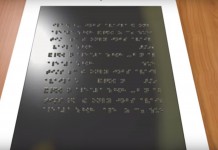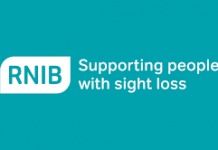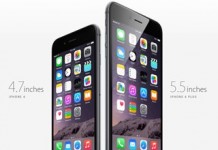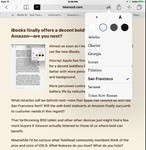![]() Forbes talks about this and points out how the Kindle could have been a great boon to the blind and visually disabled, but missed the opportunity because of its setup and even incurred a lawsuit from advocacy groups.
Forbes talks about this and points out how the Kindle could have been a great boon to the blind and visually disabled, but missed the opportunity because of its setup and even incurred a lawsuit from advocacy groups.
However, the iPad is a boon to the blind, says the article. I must admit that I didn’t know this about the Apple interface, even though I have two MacBooks. The picture above is a screen shot from my MacBook Air:
… all iPads have a standard application called VoiceOver, which allows for audible control of every single menu, even those included in third party applications. NFB has commended Apple for producing a device that is usable right out of the box for both seeing and the visually impaired alike. The NFB statement even mentions that the touch-screen “need not be a barrier” to the blind.
Computer nerds, tech columnists and the general public may not know where the iPad fits into the existing media consumption landscape–but the blind and visually impaired see it as the only e-reader worth owning. Call it further proof that Apple is more than just a pretty face.


































I’ve engaged in some conversation with the disability group at Apple and they’re very committed to what they’re doing. I was impressed.
Their only real failing seems to be that many of the features are aimed at very talented people who want, need and know how to use powerful tools. Features like VoiceOver can be very confusing to older people who need a text-to-speech without so many bells and whistles, something that can just read an email from their grandkids or a web news story without injecting window names and menu items.
Hopefully, text-to-speech in iBooks will avoid that pitfall and just read text, stopping and resuming easily and taking up reading aloud where it left off before.
And hopefully, Apple will negotiate some agreement with publishers that’s a bit more flexible than Amazon’s.
I’m pretty much blind, and use VoiceOver for more complicated webpages.
The only draw back is the “voices” tend to be even less inviting than “HAL”. I know you can buy increasingly more human voices for VoiceOver now. The complication becomes do I want to “hear” a book in some robot voice? I’d rather “hear” a book “read” by my voice! Or maybe Williams Burroughs or Lydia Lunch’s voices?
I have been comparing the usage of iPhone to iPad among blind users and there is not much the iPad can do for the blind that a iPhone can’t.
Blind users prefer a smaller device which is easier to carry around and an all-in-one device like the iPhone.
The issue with the iPad for blind users it only makes sense as a stationary eReader (try to carry an iPad along with a walking stick and holding your guide dog, does not work), whereas the iPhone does the eReading job as well as the phone / map / GPS tracker job.
Recently I was on a fun day trip with blind iPhone users who used their phones to track the path with GPS, look for places on the map to go to and took pictures of eachother with the camera. On the train trip to our destination we were all listening or reading ebooks on our iPhone. An iPad just cannot compete with the iPhone.
If you want to have cool voices for your VoiceOver try Infovox iVox by Assistiveware. I only know it for German, which is brilliant. It might be good for other language version too.